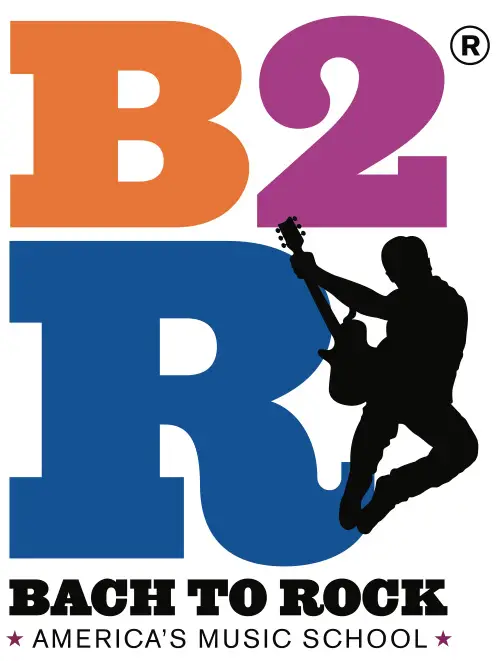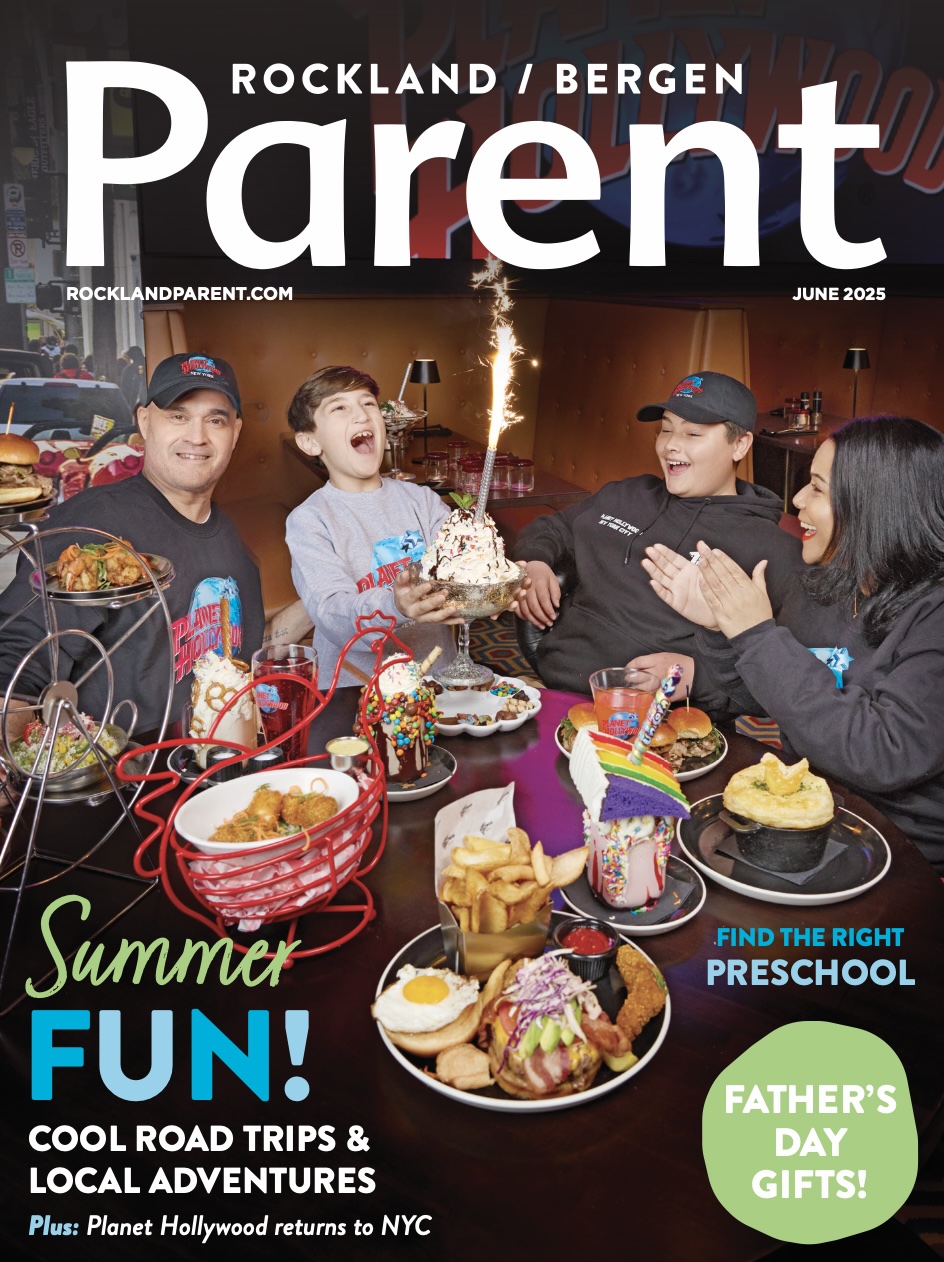Teach Your Child Coping Strategies Now for a Smooth Transition into Adulthood Later
Get the Best Family Activities
In order to become a para, according to Laudadio, an individual must be certified as a teaching assistant. Aside from that certification, paras are not necessarily trained in dealing with autism or other special needs, and they also may not be trained in how to use appropriate prompting techniques or how to encourage independence. There are a things parents can do, however, to make sure their child is getting the best experience with his or her para:
1. Ask for a trial period with the para. In public schools, paras are assigned by the school district, and parents typically don’t have a say in who is assigned to their child. Laudadio says he’s noticed in the past three to four years that more parents are requesting a one- to two-week trial period with a para to make sure the individual is a good fit for their child and is able to encourage independence.
If the child attends a private school or program, the para is typically assigned by an outside organization that works with the parents and child to assign a para who best fits the child’s needs.
2. Request a consultant to train the paras at your school. As a behavior specialist, Laudadio spends time at schools on Long Island training paras on appropriate prompting techniques and ways to encourage independence. “In my experience, paras are not always well educated on what developmental disabilities are,” he says. Laudadio recommends that parents ask about the para’s background and training, and if they’re not satisfied they can—and should—advocate for their school to hire a consultant.

How can parents encourage independence in their child?
A para’s job is to work on independence at school. Typically, skills do not generalize from school to home because skills have to be taught in each environment separately. Parents should consult with their child’s para during parent-teacher conferences to discuss methods that are successful in school and how a parent can adapt those methods for the home environment.
Think of the things you do for your child every day. Do you do all the work? Whether it’s getting dressed for the park, cleaning up toys, or feeding a meal, sometimes it’s just easier to do it yourself. But if we put the time in at an early age to teach more independence, our children will reap the benefits later on. Fostering independence requires planning, extra time, stepping back, and practice, practice, practice—but it is well worth the effort!
Independence is a skill; as with teaching any new skill, start small. It is always a good idea to begin with something the child likes to do. If your child likes playing in the park, begin with having him get his coat and put it on. You may have to teach the individual skill first. For example, hold the coat and have him put his arm in it, start the zipper, and let him finish.
At the same time, speak with the school and the child’s para to let them know what you are working on at home so that they can practice the skills at school as well. Consistency is critical, as well as a strong home-to-school connection.
As you see more independence emerge in one area, include more opportunities. For instance, if you’re cleaning up toys, do it together at first and then slowly help less and less.
Paras help children become more independent in the school environment, but unless the same procedures are implemented at home—including the same consequences and positive reinforcements—they will not automatically generalize to the home environment. Collaboration is the key to success.
Bernadette Flynn, Ed.D., has served as executive director for the New York League for Early Learning for 10 years and has spent 34 years working in special education. She earned her doctor of education degree from Teachers College, Columbia University.



.jpg)

